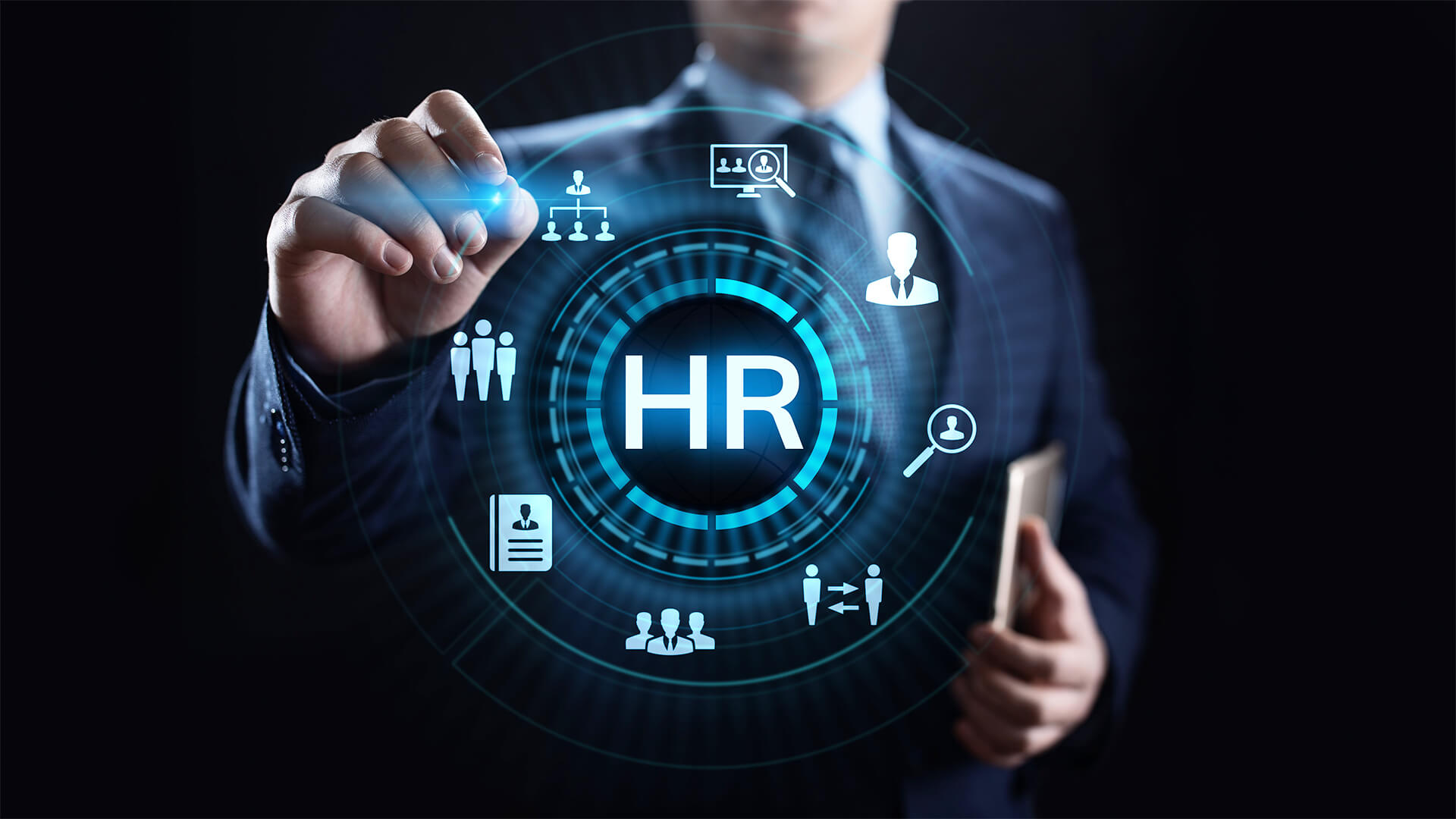Shaping the Post-COVID-19 Recovery: Rethinking HR For the Digital World
Primary Source Verification provider, TrueProfile.io advises how HR leaders can become stronger influencers by empowering digital workplaces
To extend their sphere of influence even further, HR leaders must now rethink how they can support their organizations to adapt to the workplace of the future and empower digital workplaces. This is according to TrueProfile.io, a leading provider of Primary Source Verification (PSV) services, which outlines that in order to thrive and grow in a post-COVID-19 world, rapid digital transformation and a pandemic-proof organizational model is a must.
Last March, the digitalization that companies were slowly going through suddenly accelerated, seeing transformation projects rapidly sped up. Playing a key role in supporting this acceleration and maintaining a productive virtual workforce, HR leaders emerged as greater influencers within businesses. However, with this increased digitalization set to be a permanent feature of the post-COVID-19 landscape, it is now vital that HR continues to evolve, adapt and transform across every element of the HR lifecycle to meet a new set of organizational needs and demands.
Alejandro Coca, co-head of TrueProfile.io, explains, “As companies make work-from-home policies permanent or move toward a hybrid working model, it’s clear that businesses and society are only going one way: a more digital, flexible world. While HR has been key to rapid digitalization so far, the sector needs to go further in several key areas. By reinventing existing practices, augmenting HR technologies and permanently digitalizing old ways of working, there is an opportunity for HR leaders to take the lead in driving digital transformation post-COVID-19 and extend their sphere of influence even further.”
Alejandro outlines two key areas that need permanently rethinking: upskilling and reskilling current employees and recruiting and onboarding.
Upskilling and reskilling employees
Employees are now working remotely for the foreseeable future, requiring different technologies to deliver their work. The upshot is that digital upskilling is becoming an integral part of many organizations’ learning and development agendas. To play a key role in future-proofing their businesses, HR leaders must now consider implementing effective programs to ensure employees are equipped with the necessary digital skills and tools needed to succeed in today’s workforce and tomorrow’s more technology-driven world.
Fortunately, a growth in digital executive education solutions is now making courses more accessible than ever before. We see a democratization of learning, with knowledge reaching more people in more ways, from apps and video conferencing tools to virtual tutoring and online learning software. For HR leaders, tapping into this engaging, accessible and collaborative learning environment means that there are better opportunities to develop, reskill and upskill employees, giving them the tools to gain new knowledge, skills and attitudes to then apply to their organization’s services.
Recruiting and onboarding
A second area that needs rethinking is at the onset of the employee lifecycle: recruiting and onboarding employees. With a hybrid working model, the most likely outcome for many businesses, most HR leaders will be challenged to have the long-term, flexible infrastructure to recruit, hire and onboard new employees virtually. Having previously relied on in-person conversations and manual, paper-based processes, HR leaders that are still lagging in this area risk, for example, hiring a fraudulent candidate or alienating new employees with an inefficient onboarding experience.
Harnessing digital tools is key to overcoming these challenges and adapting to the workplace of the future. For example, leveraging the right recruitment technology can help get a full view of an applicant’s qualifications, allowing HR teams to build a watertight virtual recruitment process and avoid the potentially damaging scenario of hiring someone who has exaggerated their experience. When it comes to onboarding, new technologies can allow HR leaders to create a tailored, digital hub where new joiners can, for instance, access the documents they need to get a deep understanding of the business. This creates an in-office experience in the home long-term, which is critical for new joiners who will lack the physical interaction they need to absorb the culture of their new workplace.
Alejandro concludes: “This crisis has changed the way we live and the way we work, but it also offers the possibility for HR leaders to rethink their role, accelerate digitalization and play a key part in helping businesses meet the challenges of the post-COVID-19 world. Whether this is through implementing programs to equip employees with digital skills or permanently digitalizing elements of the recruiting and onboarding end of the employee lifecycle; HR leaders must continue to rethink every element of the HR function in an increasingly digital world and how they can support their organizations as we bounce back from COVID-19.”

Stay updated with our latest publications.
Discover Issues
See how we can help you grow in the online space!
Advertise With Us
We can help promote your business.
Find Out More




